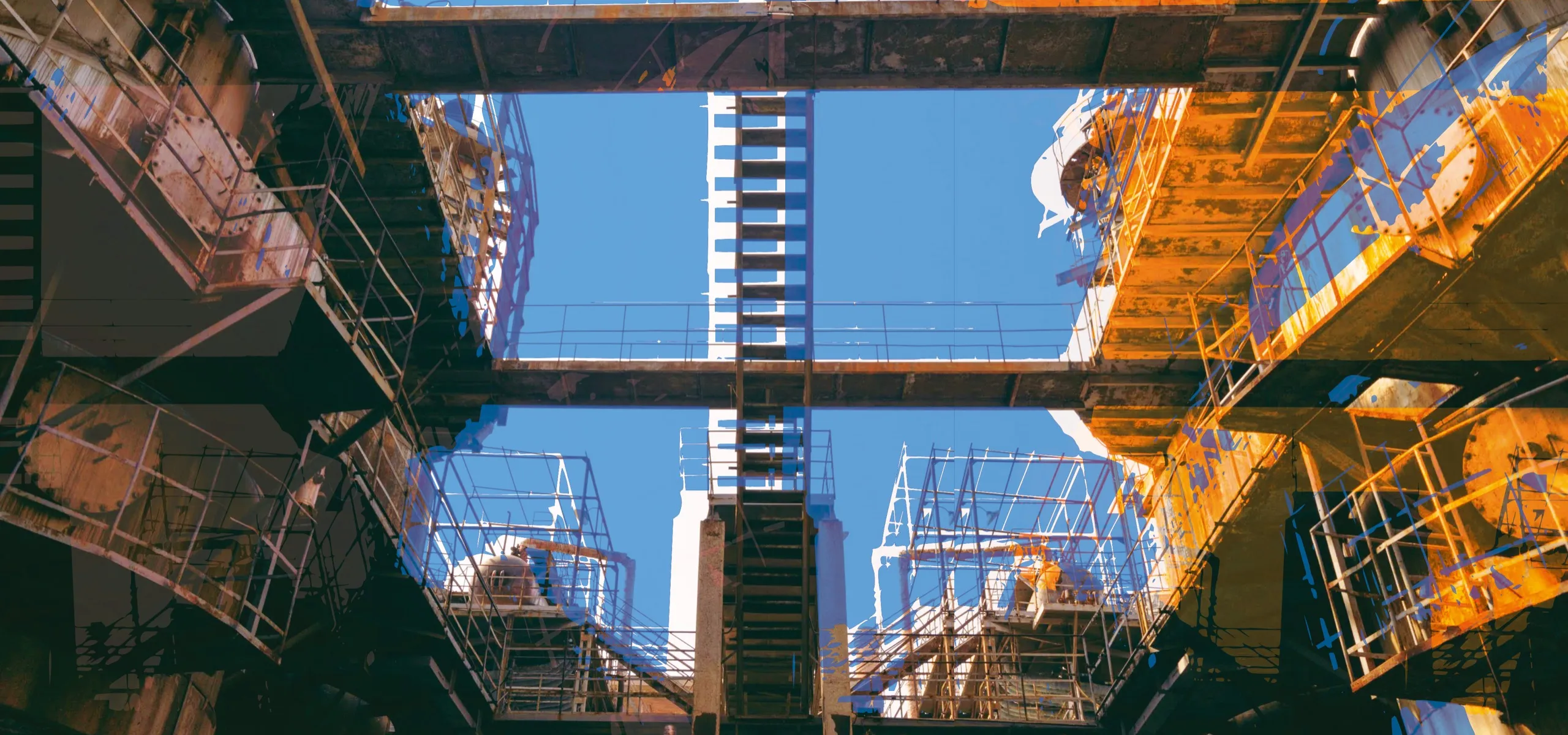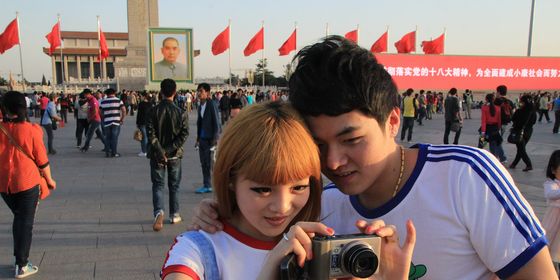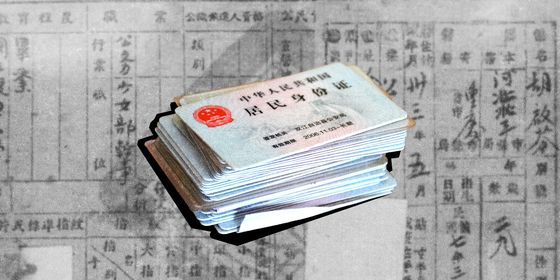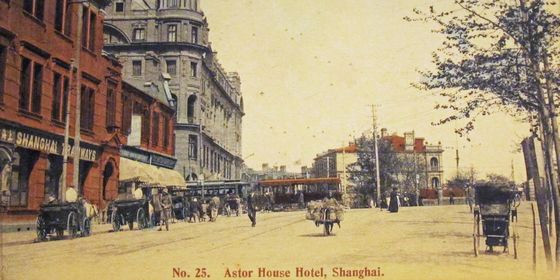Can heritage protection projects give new life to China’s abandoned factories?
When tourists ask for directions from Wu Zhen, a handyman in a shopping plaza inside Beijing’s Shougang Industrial Park, they might get a trip down memory lane. “That was the warehouse with the furnaces where we used to burn steel under thousands of degrees of heat,” he says when TWOC visits one Friday in August, pointing to a rusty metal building. “That’s a tower for storing water…the red brick building is the May Day Theater where we used to watch movies and performances, and have staff meetings.”
Wu, now 49, has worked in this suburban compound outside Beijing’s Fifth Ring Road since 1992, but he wasn’t always a handyman. He first joined as an apprentice “steel roller,” responsible for making sure the steel bars did not get stuck when coming out of the rolling machine, back when the Shougang (“Capital Steel”) complex was still a mill. Built in 1919, the Shougang mill produced as much as 10 million tons of iron and steel and employed 60,000 workers in its heyday.
In 2008, the Beijing government announced it was closing the mill due to air pollution, and many of Wu’s colleagues moved to a new factory on the coast of Hebei province. Others accepted benefit packages to retire early, and over 2,000 employees, including Wu, were offered new positions as security staff, waiters, plumbers, and electricians in the industrial park, which opened to the public in 2020.
Cafes, bookstores, hotels, and offices now inhabit Shougang’s warehouses and blast furnaces. Self-driving cars putter around the massive compound for testing, and during the 2022 Winter Games, Olympic athletes famously launched themselves down the Big Air Ramp, which was built against the striking backdrop of Shougang’s former cooling towers.
Industrial Evolution: Turning Old Factories into New Cultural Parks is a story from our issue, “The Data Age.” To read the entire issue, become a subscriber and receive the full magazine.













